Building a good website is a mixture of technology & art, so is maintaining and fulfilling the purpose of the website. That is where an effective SEO strategy plays a crucial role. Search Engine Optimization might seem overwhelming when you’re just starting out, but understanding seo basics is crucial for anyone looking to build an online presence. Whether you’re launching a blog, starting an e-commerce store, or promoting your business online, this comprehensive seo guide for beginners will walk you through everything you need to know to start ranking higher in search results.
What is SEO?
Search Engine Optimization (SEO) is the practice of improving your website’s visibility in search engine results pages (SERPs) through organic, non-paid methods. When someone searches for information, products, or services related to your content, SEO helps ensure your website appears prominently in those search results.
At its core, SEO involves understanding what people are searching for online, the answers they’re seeking, the words they’re using, and the type of content they wish to consume. Knowing the answers to these questions allows you to connect with the people who are searching online for the solutions you provide.
SEO encompasses various strategies and techniques, from optimizing individual web pages to building your site’s overall authority. It’s both an art and a science that requires understanding user intent, search engine algorithms, and technical website components.
Why SEO Matters
Understanding how seo works step by step begins with recognizing why it’s essential for your online success. Here are the key reasons why SEO should be a priority:
Increased Organic Traffic: SEO drives free, targeted traffic to your website. Unlike paid advertising, organic traffic doesn’t stop when you stop paying. Once you achieve good rankings, you can enjoy consistent visitor flow without ongoing advertising costs.
Better User Experience: SEO isn’t just about search engines; it’s about creating a better experience for users. When you optimize your site for SEO, you’re also making it faster, more user-friendly, and easier to navigate.

Cost-Effective Marketing: While SEO requires time and effort, it’s one of the most cost-effective marketing strategies available. The long-term benefits far outweigh the initial investment, especially when compared to paid advertising.
Builds Credibility and Trust: Websites that appear on the first page of search results are often perceived as more trustworthy and credible by users. Good SEO helps establish your authority in your industry.
Competitive Advantage: If your competitors aren’t investing in SEO, you’ll have an advantage. If they are, you can’t afford to ignore it without falling behind.
How Google Ranks Pages
To master seo learning, you need to understand how search engines, particularly Google, determine which pages to show in search results. Google uses a complex algorithm that considers hundreds of ranking factors, but here are the main components:
Crawling
Google’s bots (called crawlers or spiders) systematically browse the internet, discovering new and updated pages. They follow links from page to page, building a massive index of web content.
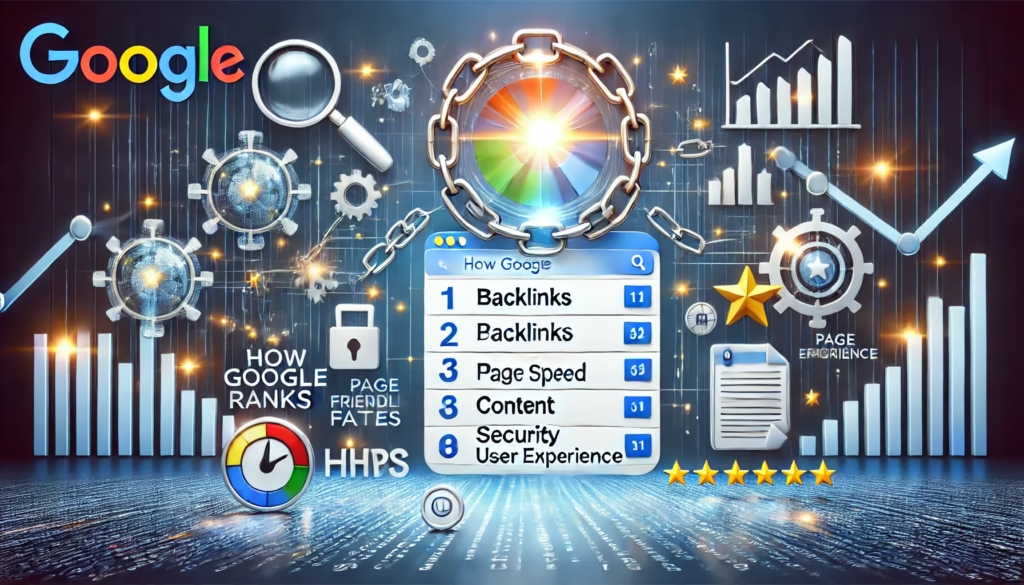
Indexing
Once crawled, pages are analyzed and stored in Google’s index. During this process, Google tries to understand what each page is about, including its content, images, and video files.
Ranking
When someone performs a search, Google’s algorithm determines which indexed pages are most relevant and useful for that particular query. The algorithm considers factors like content quality, user experience, page loading speed, mobile-friendliness, and authority.
Relevance and Authority
Google prioritizes pages that are both relevant to the search query and authoritative. Relevance is determined by how well your content matches the searcher’s intent, while authority is built through factors like backlinks, user engagement, and overall site quality.
Broad Types of SEO
SEO best practices for beginners fall into several categories. Understanding these different types helps you develop a comprehensive optimization strategy:
On-page SEO Basics
On-page SEO refers to optimizations you make directly on your website pages to improve their search engine rankings. These are elements you have complete control over:
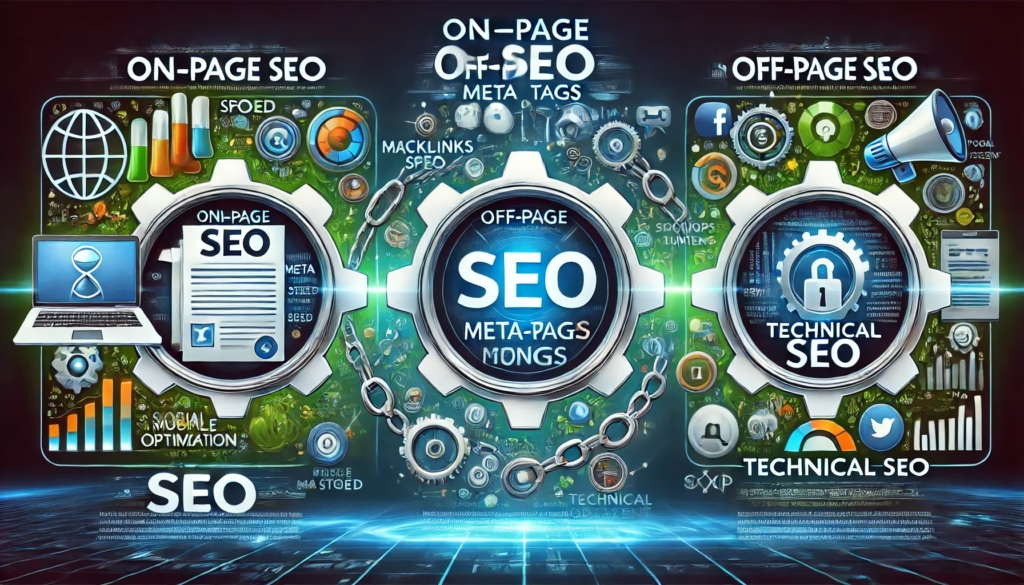
Title Tags
The clickable headline that appears in search results. It should be compelling, include your target keyword, and be under 60 characters.
Meta Descriptions
The summary that appears under your title in search results. While not a direct ranking factor, good meta descriptions improve click-through rates.
Header Tags (H1, H2, H3)
These structures your content and help search engines understand your page hierarchy. Your H1 should include your primary keyword.
Content Quality
High-quality, original content that provides value to users is fundamental. Your content should be comprehensive, well-written, and answer user questions.
Internal Linking
Linking to other relevant pages on your website helps distribute page authority and keeps users engaged longer.
URL Structure
Clean, descriptive URLs that include keywords are preferred over complex, parameter-heavy URLs.
Image Optimization
Using descriptive alt text, appropriate file names, and compressed images improves both SEO and user experience.
Off-page SEO Basics
These are optimization activities that happen outside your website but impact your rankings. The primary focus is building your site’s authority and trustworthiness:
Link Building
Acquiring high-quality backlinks from other reputable websites is the cornerstone of off-page SEO. Quality matters more than quantity.
Social Media Engagement
While social signals aren’t direct ranking factors, they can drive traffic and increase brand awareness, indirectly benefiting SEO.
Brand Mentions
Even unlinked mentions of your brand across the web can contribute to your authority and rankings.
Local SEO
For businesses with physical locations, optimizing for local search through Google My Business and local directories is crucial.
Guest Blogging
Writing valuable content for other websites in your industry can help build relationships and earn quality backlinks.
Technical SEO Basics
Technical SEO ensures that search engines can effectively crawl, index, and understand your website. This seo tutorial for newbies covers the essential technical elements:
Site Speed
Page loading speed is a confirmed ranking factor. Slow websites provide poor user experiences and are penalized by search engines. Aim for loading times under 3 seconds.
Mobile-Friendliness
With mobile-first indexing, Google primarily uses the mobile version of your site for ranking. Ensure your site is responsive and provides an excellent mobile user experience.
SSL Certificate
Secure websites (HTTPS) are favored by search engines. SSL certificates encrypt data between your website and users, providing security and trust signals.
XML Sitemaps
Your website sitemap help search engines understand your site structure and find all your pages. Submit your sitemap to Google Search Console.
Robots.txt
This file tells search engine crawlers which pages they can and cannot access on your site. Proper configuration prevents the indexing of unnecessary pages. Hence, it is crucial to build or verify the robots.txt file to ensure the intended search engines are allowed to read the intended parts your website.
Site Architecture
A logical, well-organized site structure helps both users and search engines navigate your content. Use clear categories and subcategories.
Keyword Research 101

Keyword research is the foundation of any successful SEO strategy. It involves identifying the words and phrases your target audience uses when searching for information related to your business or content.
Understanding Search Intent
Keywords can be categorized by intent: informational (seeking information), navigational (looking for a specific website), transactional (ready to buy), and commercial (comparing options).
Keyword Types
Focus on a mix of short-tail keywords (1-2 words, high competition) and long-tail keywords (3+ words, lower competition but more specific). Long-tail keywords often convert better because they’re more specific.
Research Process
Start with seed keywords related to your topic, then use keyword research tools to expand your list. Look for keywords with decent search volume but manageable competition for your site’s authority level.
Keyword Mapping
Once you have your keyword list, map specific keywords to specific pages on your website. Each page should target a primary keyword and several related secondary keywords.
Content Optimization
Quality content optimization goes beyond simply including keywords. Here are five essential content optimization methods every beginner should implement:
Keyword Integration and Semantic SEO
Natural keyword integration involves using your target keywords and related terms throughout your content without keyword stuffing. Modern search engines understand context and synonyms, so focus on comprehensive coverage of your topic rather than exact-match keyword repetition. Include keywords in your title, headers, first paragraph, and throughout the body, but prioritize readability and natural flow.
Content Structure and Readability
Well-structured content performs better in search results and provides better user experience. Use clear headings (H1, H2, H3) to break up your content, write in short paragraphs, include bullet points and numbered lists, and maintain a logical flow. Tools like Hemingway Editor can help improve readability by identifying complex sentences and suggesting simpler alternatives.
Comprehensive Topic Coverage
Create content that thoroughly covers your chosen topic. Search engines favor comprehensive resources that answer multiple related questions. Research what competitors are covering, identify content gaps, and create more detailed, useful content. This approach helps you rank for your primary keyword and capture long-tail variations.
Multimedia Integration
Enhance your content with relevant images, videos, infographics, and other multimedia elements. These improve user engagement, reduce bounce rates, and provide additional optimization opportunities. Optimize images with descriptive file names and alt text, and consider creating video content to capture video search traffic.
Regular Content Updates
Fresh, updated content often performs better than outdated information. Regularly review and update your existing content with new information, statistics, and insights. This signals to search engines that your site is active and provides users with current information.
Link Building
Link building remains one of the most crucial aspects of SEO, but it has evolved significantly over the years. Quality trumps quantity, and natural link acquisition is preferred over manipulative tactics.
Content-Based Link Building
Create valuable, linkable content such as comprehensive guides, original research, infographics, or tools that others naturally want to reference and link to.
Relationship Building
Develop genuine relationships with other website owners, bloggers, and influencers in your industry. Engage with their content, share their work, and look for natural collaboration opportunities.
Guest Posting
Write high-quality articles for reputable websites in your industry. Focus on providing value rather than simply acquiring links, and only work with sites that maintain editorial standards.
Broken Link Building
Find broken links on relevant websites and suggest your content as a replacement. This provides value to website owners while earning you quality backlinks.
Local Link Building
For local businesses, build relationships with local organizations, chambers of commerce, and community groups that might provide relevant local links.
Free SEO Tools
Learning SEO doesn’t require expensive tools. Here are essential free resources to help you learn seo free:
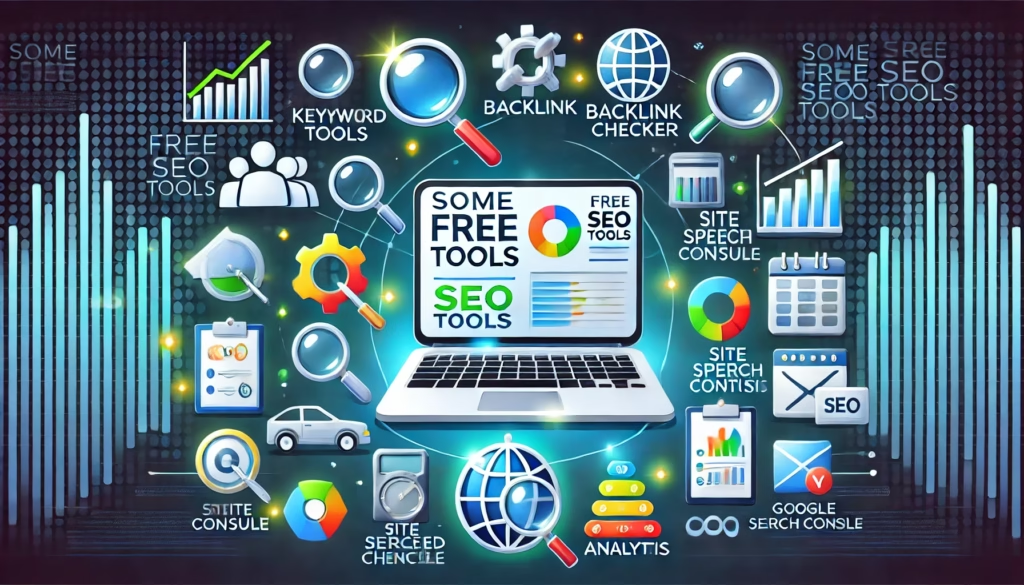
Google Search Console
Google Search Console remains the most important free SEO tool. It shows how Google sees your website, identifies indexing issues, tracks keyword performance, and provides valuable insights about your site’s search presence.
Google Analytics
Google Analytics tracks website traffic, user behaviour, and conversion data. Understanding how users interact with your site helps inform your SEO strategy.
Google Keyword Planner
Google Keyword Planner was primarily designed for advertising; however, this tool provides valuable keyword ideas and search volume data for SEO planning.
Ubersuggest
Neil Patel’s tool offers keyword research, competitor analysis, and site audit features with generous free limits.
Mileage SEO
Mileage SEO is a free tool that provides with number of SEO tools which can be leveraged to analyse & optimize your site, especially if you are a beginner & do not want to spend a lot of money while starting your business.
Popular WordPress SEO Plugins
WordPress powers over 40% of websites, and several plugins can significantly improve your SEO efforts. Here are the most popular options. Please refer to the article in case you want any help on how to build a website using WordPress.
Yoast SEO
Yoast SEO is the most widely used WordPress SEO plugin, with over 5 million active installations. The free version provides comprehensive SEO functionality, including XML sitemap generation, meta tag optimization, readability analysis, and keyword optimization suggestions. Its traffic light system (red, orange, green) makes it extremely beginner-friendly by providing clear guidance on optimization improvements. The premium version ($99/year) adds features like multiple keyword optimization, internal linking suggestions, and redirect management. Yoast excels at guiding beginners through optimization basics with its intuitive interface and helpful suggestions. The plugin also includes social media integration, allowing you to control how your content appears when shared on platforms like Facebook and Twitter. For beginners, Yoast’s step-by-step optimization checklist makes it easy to ensure each piece of content is properly optimized without requiring deep technical knowledge.
RankMath
RankMath is a newer but rapidly growing SEO plugin that offers more features in its free version compared to Yoast. The free version includes advanced schema markup, local SEO features, multiple keyword optimization, and detailed SEO analysis. RankMath provides a more modern interface with a cleaner design and offers 404 error monitoring, which is typically a premium feature in other plugins. The Pro version starts at $59/year and includes additional features like content AI for optimization suggestions and advanced analytics. What makes RankMath particularly beginner-friendly is its setup wizard that helps configure everything properly from the start. The plugin also provides more detailed insights about optimization opportunities and includes built-in integration with Google Search Console for easier performance monitoring.
All in One SEO
All in One SEO Pack is one of the oldest and most trusted SEO plugins, known for its simplicity and reliability. The free version covers essential SEO needs including title and meta description optimization, XML sitemaps, and social media integration. It’s particularly beginner-friendly because of its straightforward approach without overwhelming users with too many options. The plugin automatically generates meta tags and provides simple controls for most SEO settings. The Pro version ($49.60/year) adds advanced features like video SEO, local business schema, and WooCommerce integration. All in One SEO Pack is ideal for beginners who want reliable SEO functionality without a steep learning curve, making it perfect for those who prefer a “set it and forget it” approach to SEO optimization.
Conclusion
Mastering SEO basics doesn’t happen overnight, but with this comprehensive beginner seo checklist, you now have the foundation needed to start improving your website’s search engine visibility. Remember that SEO is a long-term strategy that requires patience, consistency, and continuous learning.
Start by focusing on the fundamentals: create high-quality, valuable content that serves your audience’s needs, ensure your website is technically sound and user-friendly, and gradually build your site’s authority through legitimate link-building efforts. Use the free tools mentioned in this guide to monitor your progress and identify optimization opportunities.
As you implement these seo best practices for beginners, remember that search engines are constantly evolving. Stay updated with algorithm changes, continue learning through reputable SEO resources, and always prioritize user experience over search engine manipulation tactics.
The most important takeaway from this guide is that successful SEO combines technical knowledge with genuine value creation. Focus on helping your users, and search engine rankings will follow naturally. Start implementing these strategies today, be patient with the results, and remember that every expert was once a beginner who took the first step toward mastering SEO.
Although this is a beginner-focused article, others may be able to benefit to a good extend. Have written this article to help thousands of struggling website owners, who struggle everyday to rank their website.
Hope this helps to a good extent, however, please feel free to comment if I have missed any crucial points.

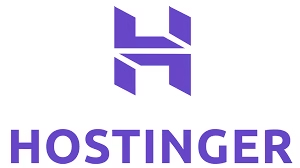
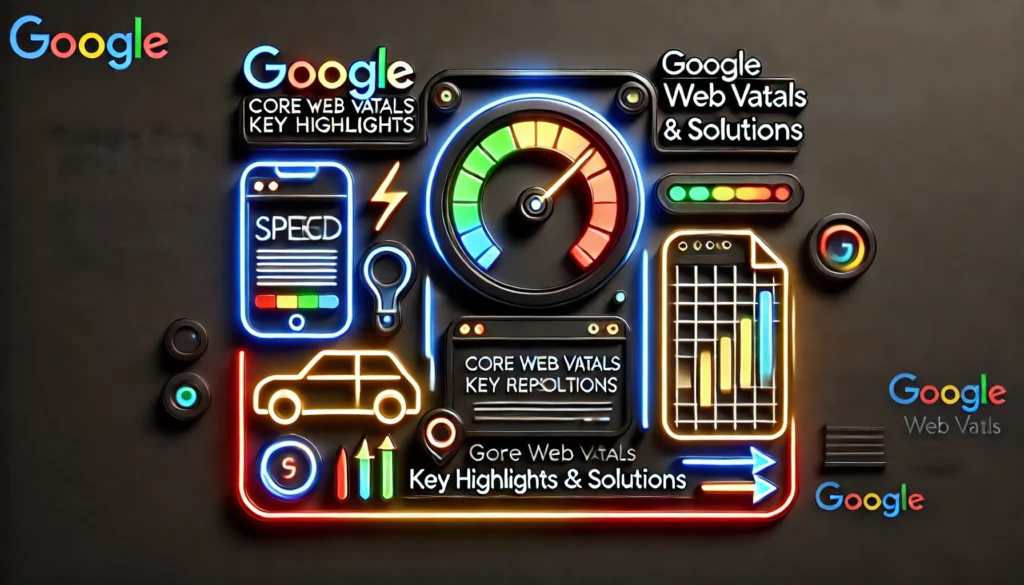

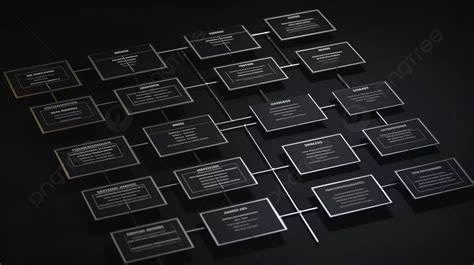

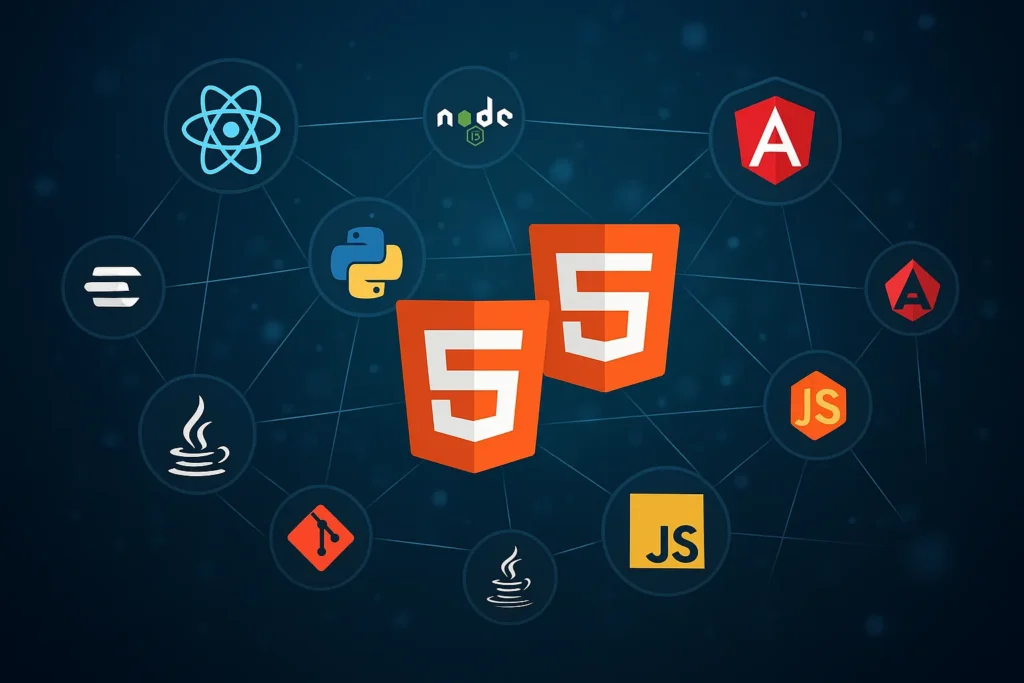

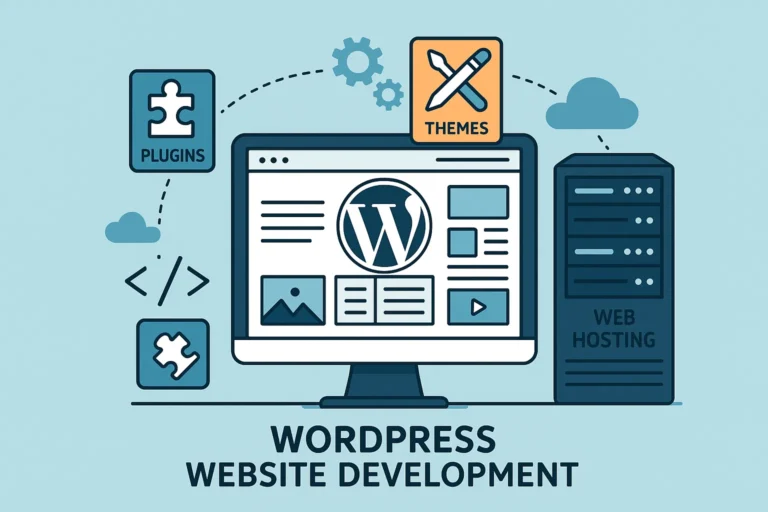
2 comments
Coline Kane
Great job in covering most of the crucial aspects for a beginner, even for the pros to a good extent; however, you may want to scope the SEOs leaning towards AI agents as well !!, Hope that’s not a tall ask!
Overall good job though 👍🏾
Ink & Insights
Thanks for visiting the blog, glad you find it useful !!
Please stick around for future updates..